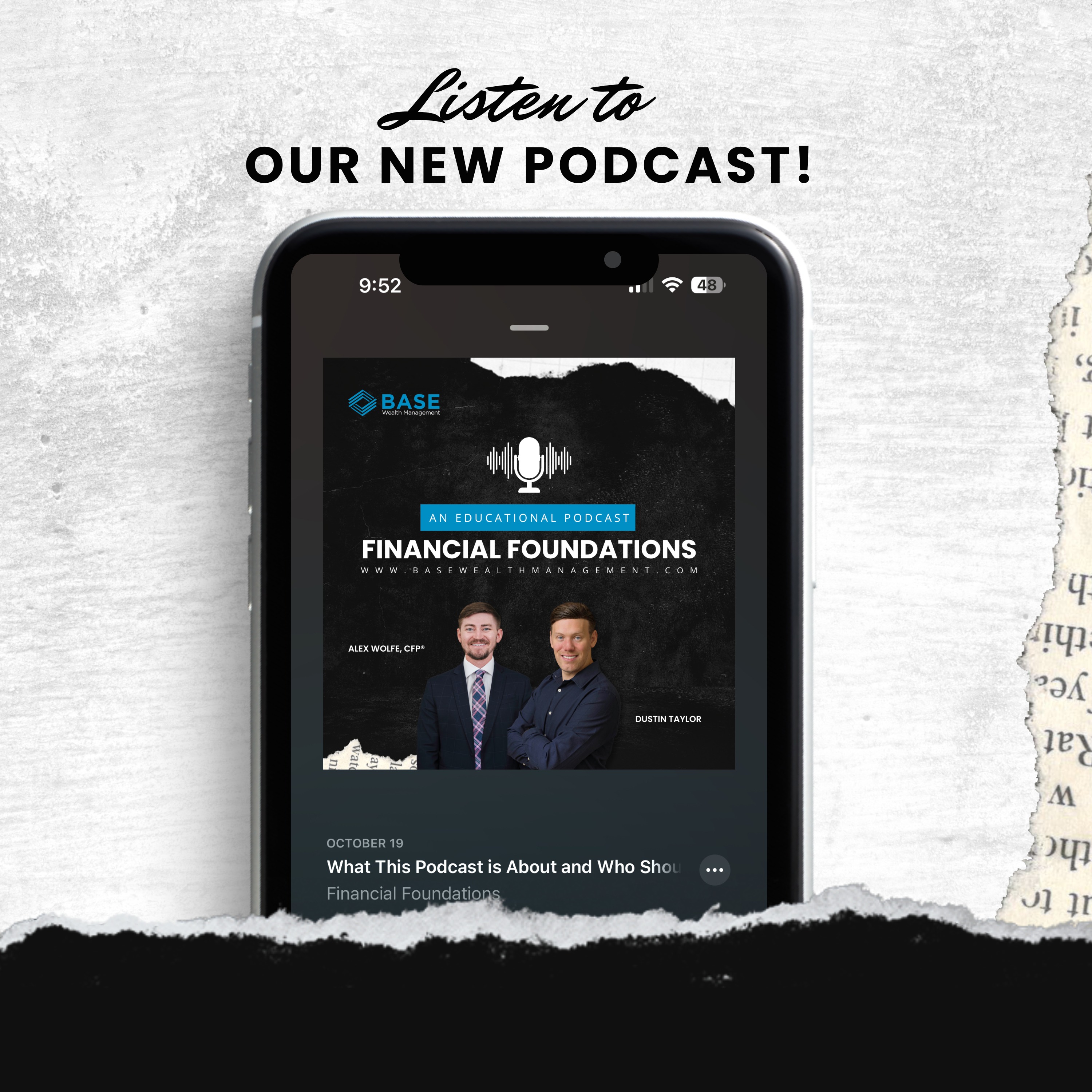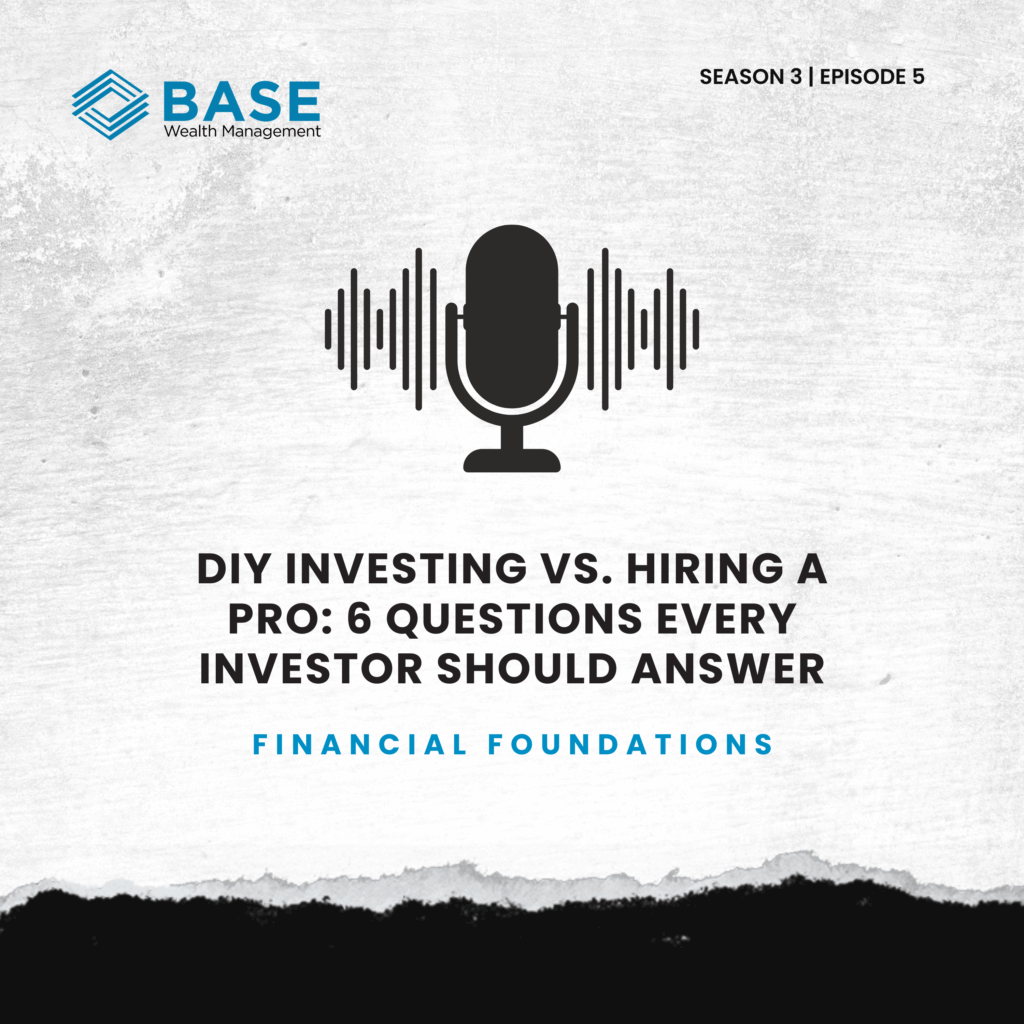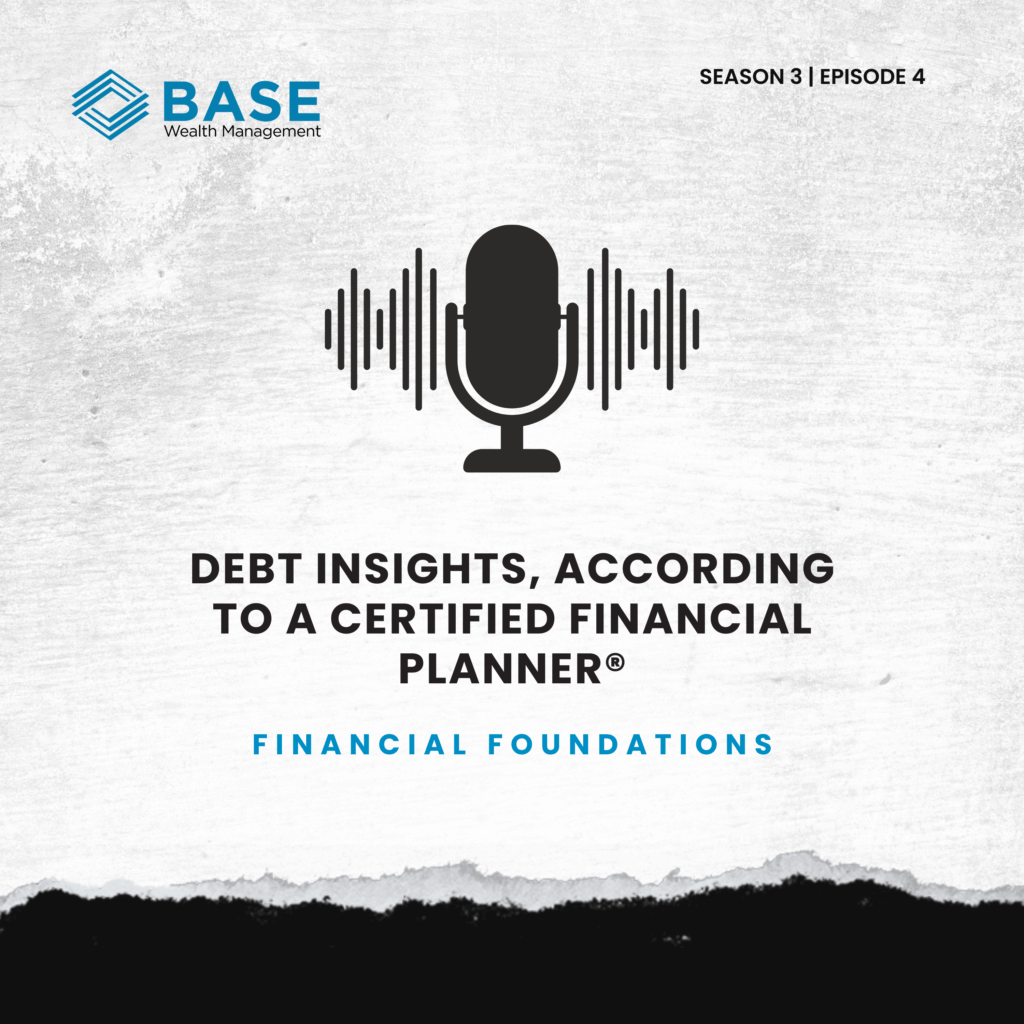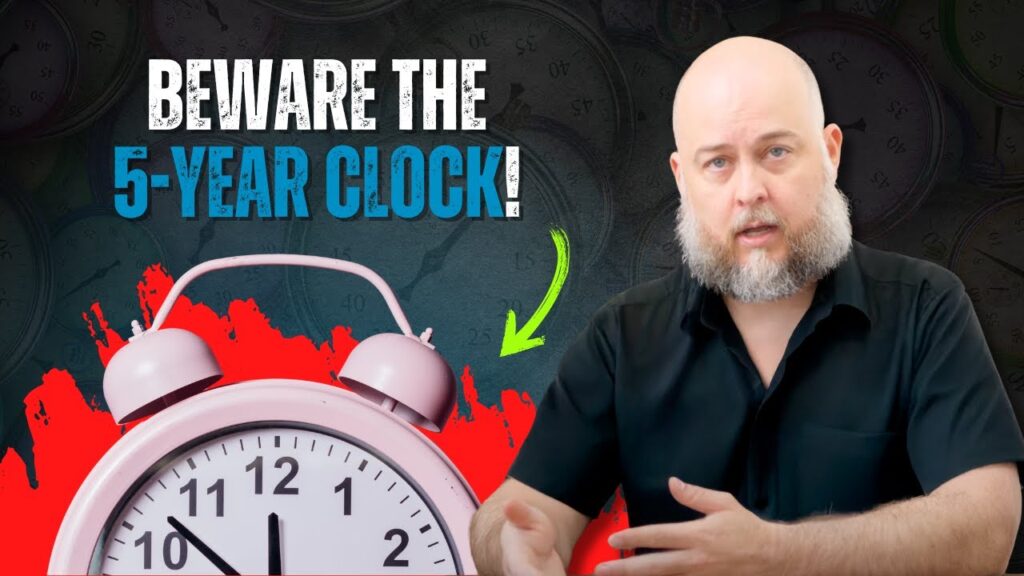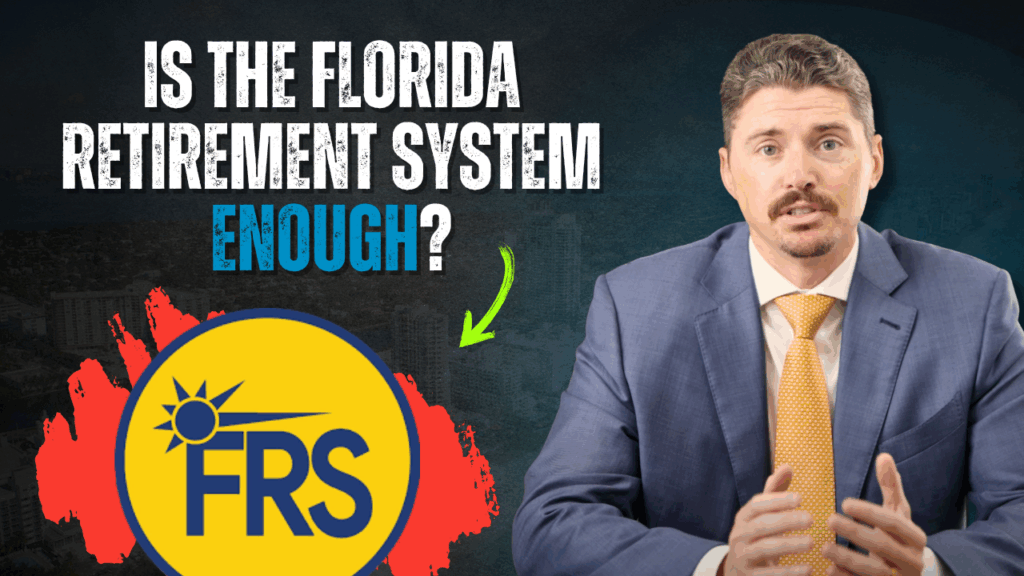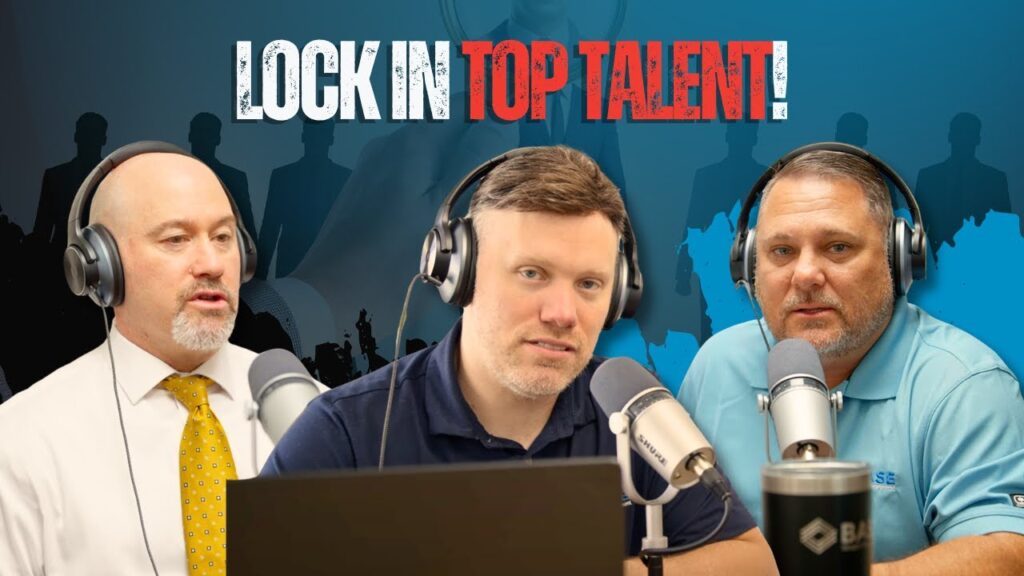Interest rates have hit the lowest they’ve seen in decades and homeowners everywhere are saving money on their mortgage payments.
Some are even tapping into their home’s equity at low rates.
It sounds great, but refinancing isn’t a one-size-fits-all approach. Not everyone benefits every time rates drop.
When you bought your home, you likely took the time to understand the mortgage process and how it works. It’s just as important when you refinance. We’ve uncovered the top mistakes most homeowners make to help you understand what to watch out for below.
Don’t Refinance Just Because Rates Dropped
Too many people just look at the numbers – they see that they have a 5% interest rate now and rates dropped to 3.5%, so it makes sense to refinance, right?
That’s not the big picture and that’s where the problem lies. Just because you can get a lower interest rate doesn’t mean you’ll save money. Look at the loan’s costs. Sometimes low rates come with high closing fees. Are the fees worth it? Ask yourself if you have the money available and if you want to invest it in your home’s closing fees just to get a lower rate or if there’s somewhere better to invest it.
Don’t Take the First Rate a Lender Offers
Just like when you bought your home – shop around. Find out what other lenders offer. One lender may offer a 3.5% rate with $5,000 in closing costs, while another may offer the same rate for $3,000 in closing costs. You won’t know unless you apply with at least three lenders.
When you check out different lenders, compare the Loan Estimates they provide. This way you have the same document for each loan and can compare apples-to-apples. Look at the total cost of the loan, meaning the interest rate, the total interest over the life of the loan, and the APR.
Don’t Refinance Before you see if it Saves you Money
Going back to the interest rate – don’t refinance just because it sounds like you’ll save money. Truly look at your bottom line. Let’s say your monthly payment will drop $50. Is it worth it to refinance? To tell, figure out your break-even point. This is the point that you pay off the closing costs and start realizing the savings.
For example, let’s say the closing costs are $4,000 and refinancing would save you $70 a month. It would take you 57 months or almost 5 years to break even. If you won’t be in the home for much longer than 5 years or you’ll move before 5 years, it’s not worth it.
Now let’s say you would save $150 a month with the same closing costs. Your break-even point would be 27 months or a little over 2 years. This may be more suitable.
Figure out your break-even point with the following calculation:
Total closing costs/Monthly savings in the mortgage payment = Break-even point
Don’t Take out too Much Home Equity
Many lenders allow you to refinance up to 80 percent of your home’s equity, using the funds as you want. Whether you reinvest in the home with home improvements, consolidate credit card debt, pay for college, or go on a vacation, lenders rarely ask what you do with the funds.
But, if you take out too much equity, you could put yourself in an awkward situation if there’s another housing crisis. If housing values drop, you may land upside down on your mortgage (owing more than the home’s worth). Even if you don’t get upside down, you may be in a much worse position should you sell the home anytime soon. Before you cash in on your home’s equity, make sure there’s enough of a cushion to weather a downfall.
Don’t Stretch out your Loan Term
When you refinance, you pay off your existing loan and start a new term on a new loan. If you aren’t careful, you may reset your existing term back at square one.
Let’s say you have a 30-year loan now and you’ve paid it for 5 years, so you have 25 years left. Rates drop and you refinance into another 30-year term. Sure, you have a lower interest rate, but you added 5 years back on your loan’s term. Now you won’t own your home without a mortgage for an additional 5 years.
Instead, consider refinancing into a shorter term, or at least one that’s equal to the time you have left on your existing loan. Taking a shorter term usually means an even lower interest rate, so it’s a win-win.
Don’t Use your Equity for the Wrong Reasons
It’s exciting to know you have equity in your home, but that doesn’t mean you have to spend it. Just because rates dropped doesn’t mean you should take the equity out. If you’re worried about having liquid funds available for an emergency, consider taking out a home equity line of credit and letting the funds sit unless you have an emergency. Cashing in your home’s equity in a cash-out refinance immediately increases your mortgage payment and decreases your home’s equity.
Your home’s equity is one of the largest investments you’ll have. Keep it there unless you need it, but don’t let yourself spend it because it’s there. Think of your long-term plans, such as retirement, isn’t that what the equity is for in the end?
Bottom Line
Refinancing when rates are at rock-bottom lows is great, especially if you can lower your payment. But don’t assume because rates dropped that you have to refinance. It only benefits homeowners that have high interest rates and qualify for low closing costs or those that can use their home’s equity for other profitable investments, such as reinvesting back in their home.
Look at the big picture before you refinance to make sure it’s worth it. Sometimes the cost and/or the opportunity cost are much greater than the savings you’d earn.
If you have any questions, feel free to send me an email, schedule a meeting, or connect with me on LinkedIn.








